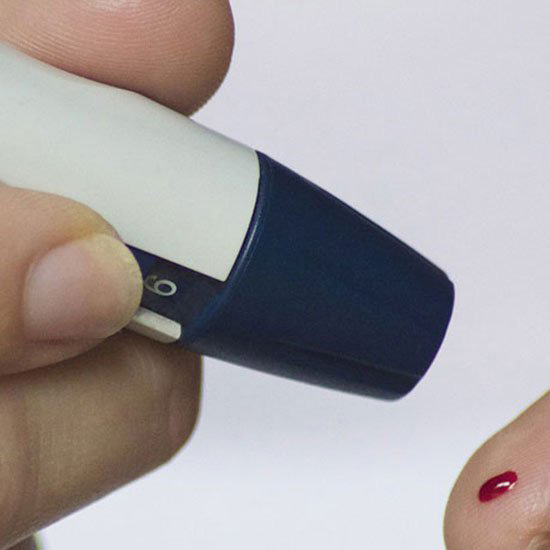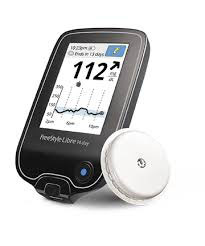Diabetic Ketoacidosis with SGLT2 Inhibitor use

February 24, 2018
The SGLT2 (sodium glucose co-transporter 2) Inhibitor class of diabetic medications are an exciting, relatively new class of drugs which lower blood glucose levels in diabetes by increasing glucose loss in the urine. They are taken orally, are generally well tolerated with few side effects and have additional benefits such as weight loss and lowering risk of cardiovascular disease in Type 2 Diabetes. Available agents in Australia are Forxiga (dapagliflozin) and Jardia (empagliflozin) and their combinations with metformin: Xigduo (dapagliflozin/metformin) and Jardiamet (empagliflozin/metformin).
There have now been some reports of severe diabetic ketoacidosis in patients on these agents with near normal or mildly elevated blood sugars. Diabetic ketoacidosis is a condition more often seen in Type 1 Diabetes where severe insulin deficiency results in fat being used for energy resulting in acidosis and dehydration, it can be associated with severe illness and even death if not treated quickly. The diabetic ketoacidosis occurred in patients on these medications who had gone for surgery, often associated with fasting, dehydration or infection. Worryingly the high sugars often associated with diabetic ketoacidosis were often not present in patients on SGLT2 inhibitors.
The Australian Diabetes Society (ADS) has put out recommendations concerning this (still rare) occurrence. These included stopping SGLT2 inhibitors 3 days prior to surgery, and only being restarted close to discharge once the patient is eating and drinking normally. During this period other diabetic agents including insulin may be required to maintain good blood sugar control.
SGLT2 inhibitors still have a very important role to play in the management of Type 2 Diabetes as their method of action is different to all other diabetic agents making them useful in combination with other agents, including insulin. In addition they are one of only 2 classes of diabetic medications which have been shown to improve cardiovascular risk, which is increased in all diabetics. Therefore I would recommend patients continue using these medications if they have been beneficial in management of their diabetes, with extra care around surgery or severe illness as per the ADS guidelines. The full statement can be found here.
Concerns about normal glucose level diabetic ketoacidosis has prevented these agents being used in Type 1 Diabetics (who are more susceptible to diabetic ketoacidosis) despite evidence that they work very well in Type 1 diabetes also.








